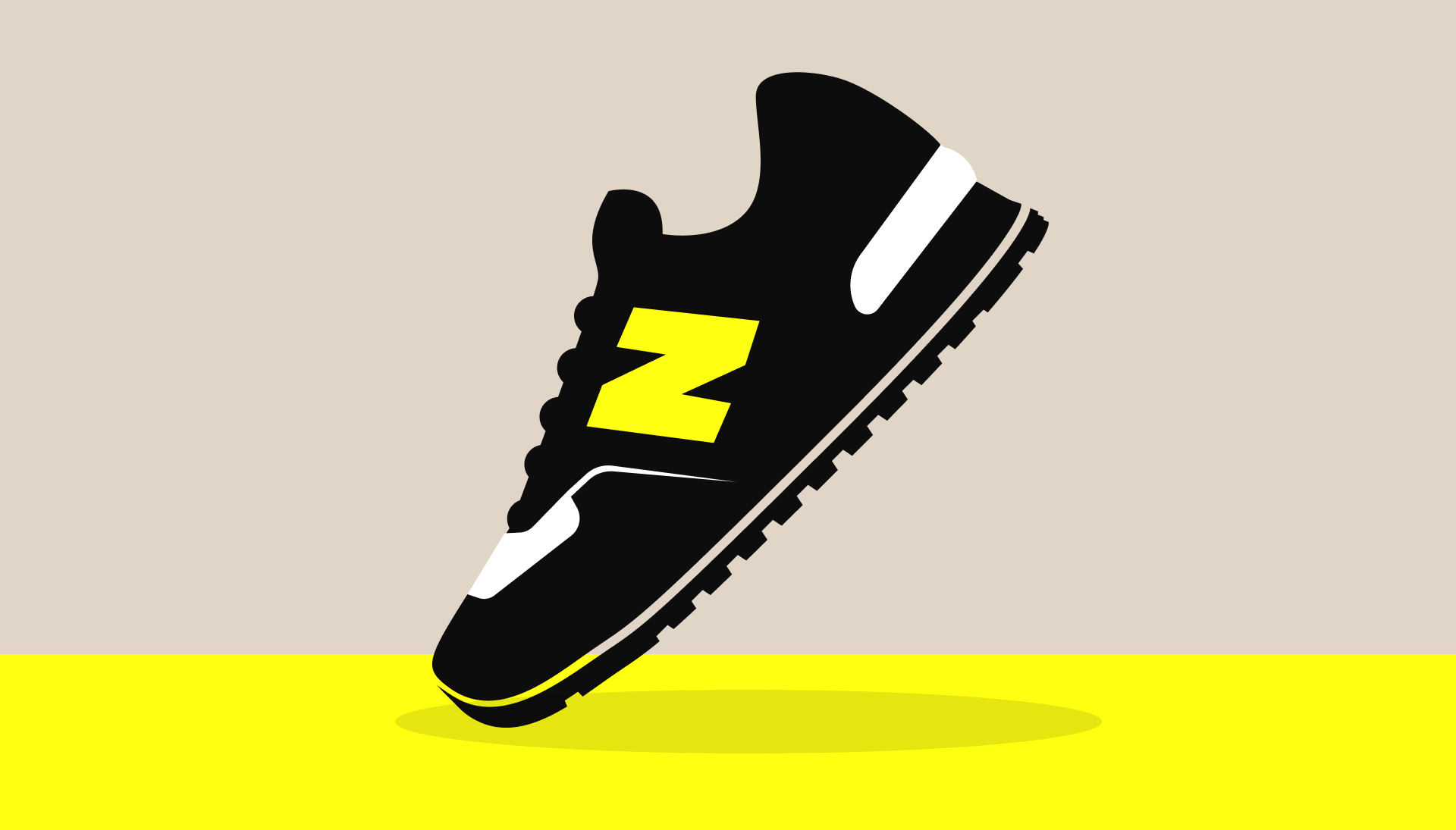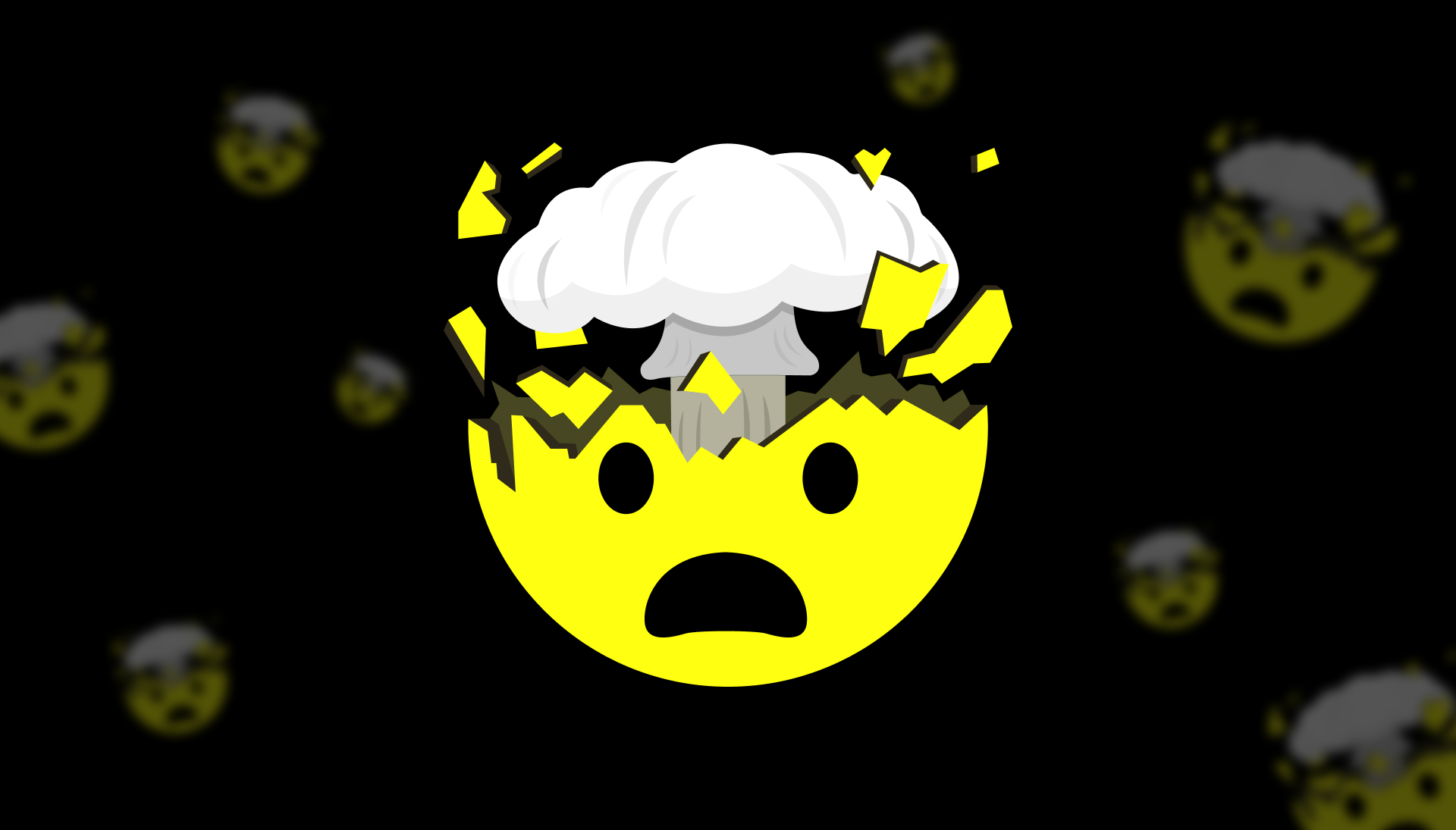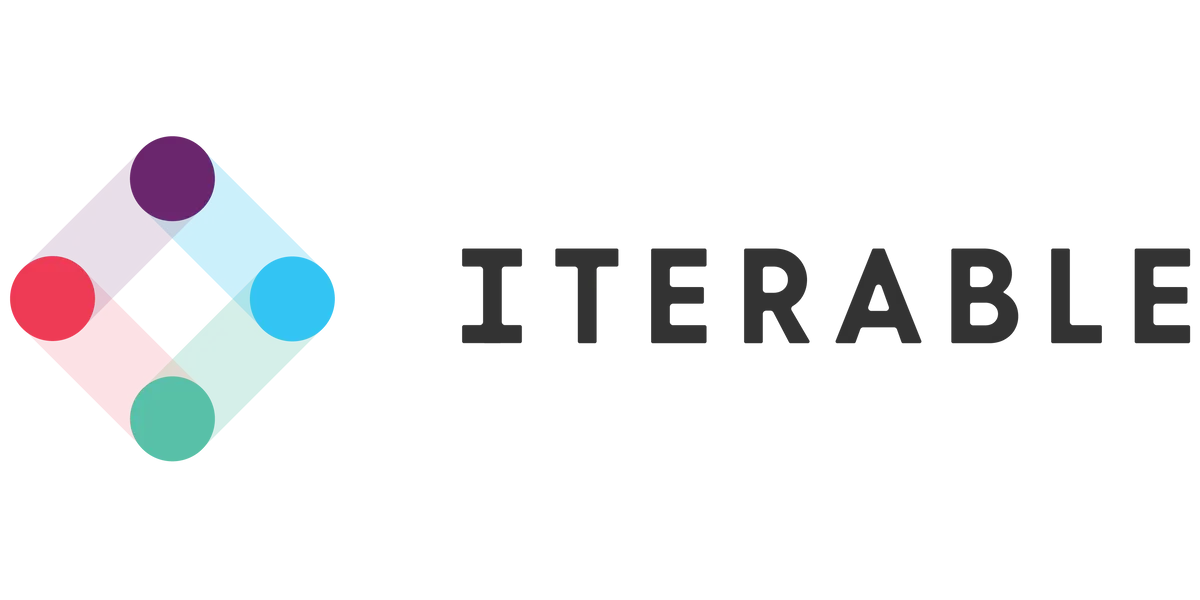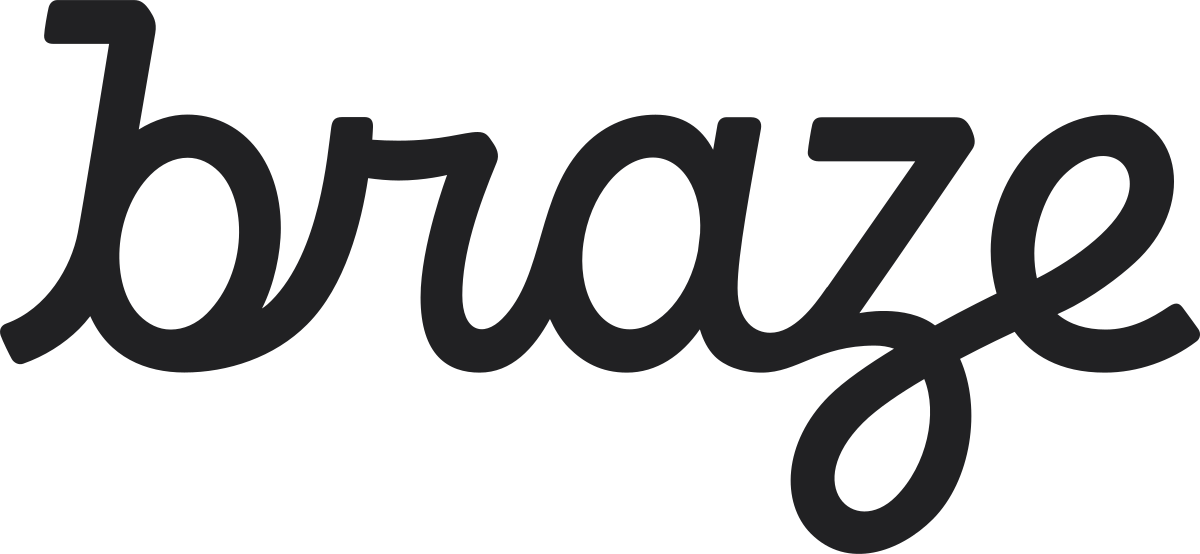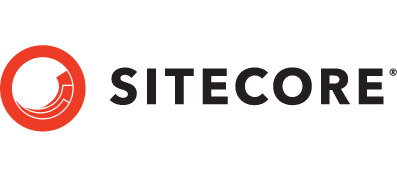Even in our post-pandemic world, digital transformation continues to be an imperative for most businesses we speak to. But they all seem to be struggling with the same question: why is it so damned hard to get it done?
Whilst there is a myriad of answers to this almost existential question, I believe the simplest reason is one we all face on a daily basis.
Too. Much. Choice.
What will we have for dinner tonight? What shall we watch on Netflix (or should we see what’s on Stan)? Should I buy these white sneakers or those white sneakers? Choice paralysis. And here lies the paradox. Too many options actually make it harder for us to take action.
If we can’t even answer these low stakes questions, without significant pause, debate and sometimes drama, how do we even begin to navigate decision making that will lead to measurable transformation for a sustainable business?
Coined by American psychologist, Barry Schwartz, not only will choice paralysis lead to delay and potentially abandonment of important initiatives, it also leads to a decrease in satisfaction with your ultimate choice. (BTW, if you have a spare 20 minutes after reading OutThink, I highly recommend watching Schwartz’s Paradox of Choice TED talk.)
And yet, we also do make important decisions all the time. Some are life-changing decisions (“Will you marry me?”); some are life-saving decisions – like having to land a plane in an emergency. I read this story the other day about doing just that, and was surprised to discover some planes simply demand you decide – out loud – moments before landing.
“An approach to a runway typically features what’s called a ‘decision height’. When pilots reach this decision point, we need to be able to see the runway or its associated lights in order to continue the approach, if not, then you must prepare to ascend again and perform a go-around. This decision point is so important that a computer may announce it out loud in the cockpit.
On many aeroplanes, such as the Boeing 747, the voice says just one word, loudly and clearly: ‘Decide!’ It’s so memorable (and important) that any pilot can probably reproduce its intonations and pitch exactly.”
This gave me a great (though, frankly implausible) idea, to set up Siri or Alexa to demand a decision whenever procrastination strikes in a workshop or meeting. But the trouble is we often have more options in front of us than whether to land or go around again. And that’s the real problem. We simply have too many choices.
Indeed, when it comes to digital transformation, there are literally thousands of options to look at; whether it’s platforms, systems, processes, partners, methodologies and so on. It’s no wonder many organisations falter, or never even get started. And according to Schwartz, even if you do go ahead, chances are you won’t be happy with what you choose!
So what to do? At AFFINITY, we’ve developed our own choice reduction methodology, comprising of three core decisions.
Decision one – Decide your Why
It’s essential to the future success of your transformation project to be able to both understand and define what’s driving the need for the change. Only when you can clearly articulate your Why, and what you hope to achieve, should you move on to sharing your vision. This becomes the lasting framework that will define what is in, and what is out of scope.
Decision two – Decide Who needs to know
You’ve made your decision to change and you can express your Why, so you can now move on to decide Who needs to know. Carefully consider who needs to be involved, who needs to be informed, who needs to be consulted or managed, and who do you just need to keep an eye on. Before you start socialising the Why of project, have a plan – Who by When. Change fatigue is real, so ensure you cover everyone that should be informed as efficiently as possible.
Decision three – Decide on the How with those who will make it succeed
Make decision-making a team sport. Working out the all-important How to implement the project always yields better outcomes when you involve those Who will be responsible for its ongoing success. More than just a buy-in exercise, seeking broader thinking and experience from a cross section of your organisation will invite more innovative thinking and diverse perspectives. The leadership role then becomes one of guide or facilitator; you’ve done enough hard work getting the ball rolling. Choice paralysis is then minimised thanks to the clear decision-making framework defined by the very reason you’re embarking on the transformation journey.
AFFINITY is working with a number of our clients on some of Australia’s largest digital transformation projects right now. If you need some help responding to the voices in your head, or the ones around the boardroom table, we’d love to provide our perspective. And perhaps help you overcome your very own choice paralysis too. Get in touch via luke@affinity.ad

